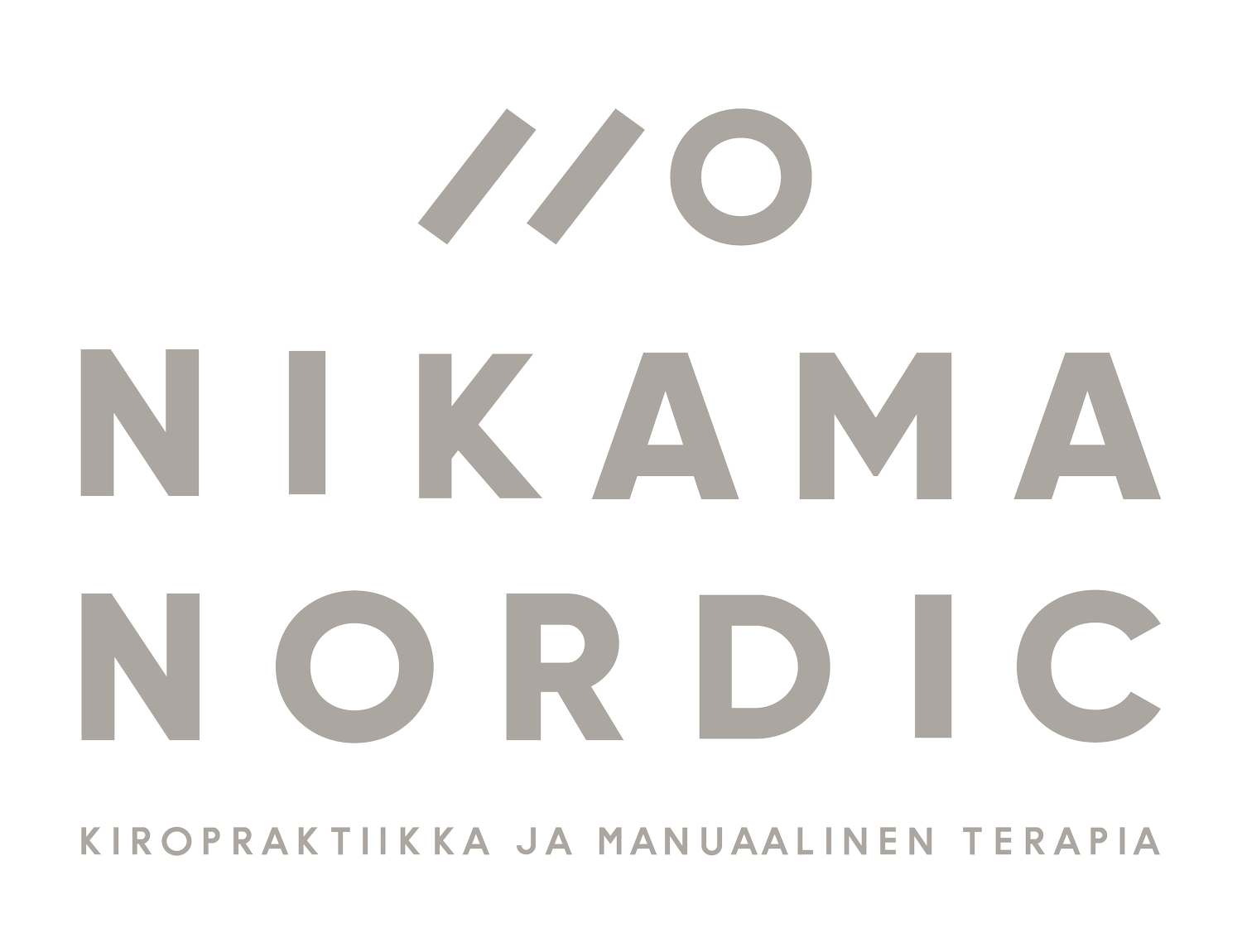Headache
Headache is a common symptom associated with a variety of health problems, and most people experience headaches from time to time. Headaches are categorized into primary and secondary headaches. The most common primary headaches include tension-type headache (TTH), migraine, cluster headache and other trigeminal autonomic headaches. Secondary headaches are caused by a local or systemic problem. Examples of secondary headaches include cervicogenic headache, temporomandibular joint disorder, infections (e.g. bacterium or viral meningitis), tumours, idiopathic intracranial hypertension, and substance or substance withdrawal headache.
Common headaches seen by chiropractors:
Tension-type headache
Tension-type headache is typically a mild to moderate intensity headache, which is felt as a tight band or a feeling of pressure on both sides of the head. Tension headaches can be frequent or very infrequent, and each headache episode can last from 30 minutes to even weeks. The cause is not fully known, but tension-type headache is thought to be influenced by the person's pain sensitivity and pain perception, brain neurotransmitters, and muscular tension and tenderness. Especially in chronic tension-type headache cases, environmental factors such physical and psychological stress, are often highlighted.
Migraine headache
Migraine headaches are typically, a moderate to high intensity headaches which are often described as “pounding” in nature and felt on one side of the head, usually around the eye region. A migraine episode typically lasts 4-72 hours but the frequency often varies. The headaches may be preceded by a number of sensory disturbances, for example visual aura where the person experiences zigzag patterns, blind spots or other visual field symptoms. Other common symptoms associated with migraine headaches are light and sound sensitivity, nausea and vomiting. Migraine headaches are also made worse by physical exertion such as climbing stairs or exercise.
Cervicogenic headache
Typically, cervicogenic headaches are felt as a moderate to severe headaches on one side of the head, and the onset is in close temporal relation to an injury or problem in the neck area. The patient often describes pain referral from the neck region to the back of head, as well as a loss of neck range of motion. The headaches are often exacerbated by certain neck movements and provocation tests. Cervicogenic headaches may last for hours or continue until the cervical spine problem resolves.
Manual therapy for headaches
Like with any musculoskeletal condition treatment is always patient specific, and management can vary greatly depending on the cause of the headache. Therefore, it is important that any new headache is assessed by a healthcare professional who can exclude serious causes needing further medical management.
Chiropractors are trained to diagnose and treat headaches such as cervicogenic headache, tension-type headache and migraine HA. The management is aimed to identify the cause and possible triggers, as well as reduce the intensity and occurrence of headaches. The treatment plan often includes a different combination of cervical and thoracic spine manipulation/mobilization techniques, soft tissue therapy, neck strengthening exercises, and other home instructions.
Sources:
Headache Classification Committee of the International Headache Society (HIS), 2018, International Classification of Headache Disorders (ICHD) (3rd Edition) https://ihs-headache.org/en/resources/guidelines/
The Royal College of Chiropractors, 2020, Headache-Quality standard, https://rcc-uk.org/wp-content/uploads/2020/05/Headache-Quality-Standard-Web.pdf
Bronfort, G., Haas, M., Evans, R. et al. Effectiveness of manual therapies: the UK evidence report. Chiropr Man Therap 18, 3 (2010). https://doi.org/10.1186/1746-1340-18-3

